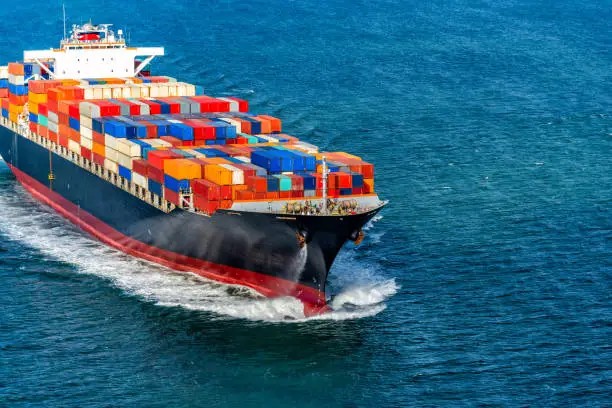- HOME
- CORPORATE
- SERVICES
- LOGIPEDIA
- CAREER
- BLOG
- CONTACT US
 Determining Factors
Determining Factors
Freight (transportation fee) is one of the most important elements of maritime transportation. Freight rates can vary depending on a number of factors. These factors include:
• Fuel Prices: Maritime transportation is subject to high costs due to the fuel consumption of large ships. Fluctuations in fuel prices directly affect freight rates.
• Seasonality: Especially in the transportation of some agricultural products or fruits and vegetables, seasonal demand changes can affect freight rates.
• Ship Capacity and Cargo Type: Freight rates vary according to cargo carrying capacity. In addition, special transportation conditions and therefore higher freight rates may apply for special cargoes such as hazardous materials or cold chain transportation.
In addition to these 3 items, the most basic factor determining freight levels is the balance of Demand and Supply.
Demand and Supply: In periods when global trade volume increases, the demand for transportation capacity increases, which can increase freight prices. Similarly, prices may decrease in periods when supply is high. While the ships and containers purchased by shipowners as part of their long-term strategies can increase supply, the fact that demand fell significantly in certain geographies and rose rapidly in certain geographies due to the pandemic we faced in 2019 directly affects the course of freight.
The high investments made by shipowners in digitalization in recent years have enabled them to respond much faster to changes in the world. In this way, shipowners have had the opportunity to optimize the occupancy of their ships and their freight revenues by making freight and capacity planning sometimes on a port basis and sometimes on a ship basis.